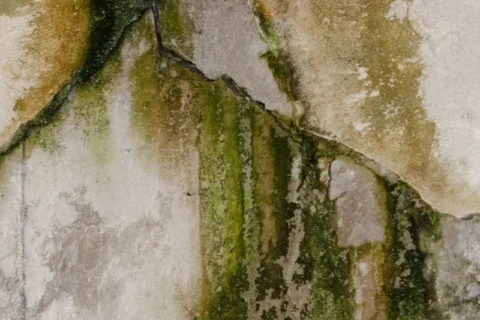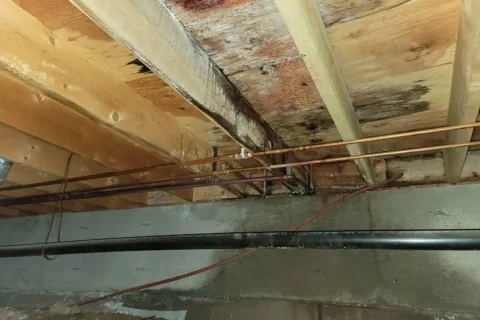How to Remove Efflorescence in Ft. Atkinson WI
Efflorescence in Ft. Atkinson WI
Have you noticed a white fuzzy substance on your foundation wall or concrete floor? Efflorescence is a common problem in masonry blocks and concrete surfaces. Although it isn’t hazardous itself, it is often a sign that you have a water seepage problem.
The white fuzzy substance you see on the surface of the wall or floor is a salt deposit. It occurs as a result of water moving through the concrete or masonry block. As water moves through the wall or floor, it collects minerals from the stone or concrete. These are deposited on the surface of the floor or wall when the water evaporates into the atmosphere when it reaches the surface.
Efflorescence can be unsightly. Having found a solution to the moisture problem that caused the deposits, you may be looking for a way to get rid of the stains on your floor or walls. There are various options for removing the discoloration.
- Wait it out
If the floor is in an area that sees a lot of traffic, you can wait it out. Over time, the discolorations will be removed by wear and tear that foot traffic cause. This is common with patio blocks or on concrete slabs.
- Washing with a scrubbing brush and detergent
In some cases, simply scrubbing the deposits with a stiff brush and a solution of mild detergent does the trick. However, this must be done when the deposits are first noticed. At this point, they are still quite soluble. Leaving this to a later time will prove to be a difficult job.
To wash the deposits, simply wet them with the detergent solution until they become transparent. You can then begin to apply elbow grease with your stiff brush. Rinse the surface thoroughly when done. If you leave any deposits on the surface, they will cause further discoloration.
- Power washing
This can be used to remove deposits that are proving too stubborn for the brush and detergent. Pressure should be kept as low as possible. Intense pressure can result in destruction of the concrete or block surface. Low pressure is adequate in dislodging deposits.
- Chemical cleaning
This should be used as a last resort. The chemicals can cause pores to open in the surface and therefore make the situation worse. This method should only be used by professionals.
- Sand blasting
This is effective, but ought to be used with care as it may cause damage to the surface of the slab or wall. A seal should be used on the surface for protection before sand blasting.
Contact us today for more information!
Ready to Get Started?
Contact Us Today to Schedule a No Pressure, No Obligation, Free Quote!


